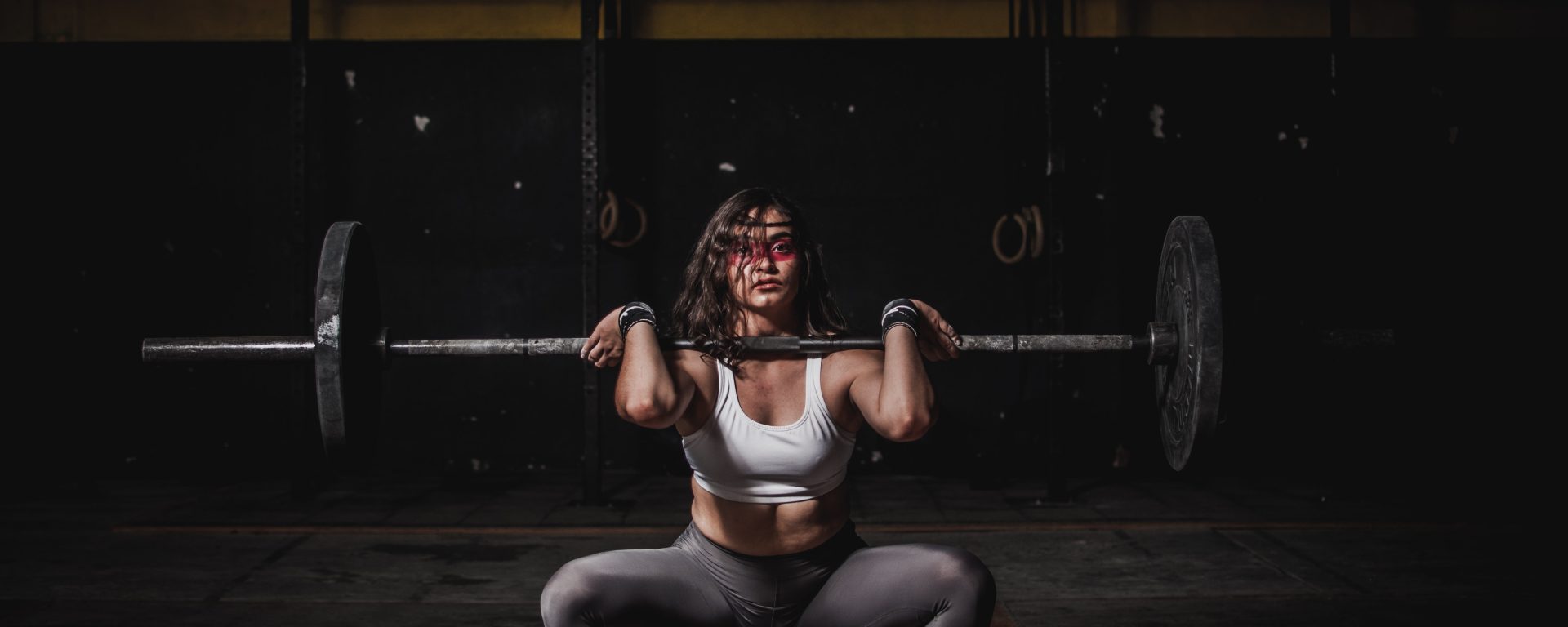In 2019, Prohorova, et. al., conducted study about differential approach considering the pathogenetic aspects of musculoskeletal disorders is crucial for the rehabilitative treatment of patients. This study aimed to improve the correction of lumbosacral orthosis in patients with patellofemoral pain syndrome using physical exercise therapy to enhance locomotor activity. A randomized controlled clinical study was conducted involving 60 outpatients, divided into a main and control group. Patients underwent comprehensive musculoskeletal examinations and pain intensity evaluations. The main group received combined correction treatment, while the control group received conventional correction methods.
Results showed that the proposed physical exercise therapy significantly reduced the intensity of pain in the lumbosacral region by an average of 27% (p<0.05). The frequency of dysfunction of the thoracoabdominal diaphragm decreased by 40%, while dysfunction of the muscles stabilizing the lumbosacral spine and lower extremity on the side of the patellofemoral complex decreased by 53.4% and 17.8% on average, respectively. Stabilometry parameters, evaluated through tests, including the ‘Mishen’ (Target) test and the Romberg test with eyes closed, improved by 1.9 times (p<0.05) and 2.5 times (p<0.05) on average, respectively.
This study demonstrated that dysfunction of the sacral bone and muscles in the lumbosacral spine region contributes to the development of pain syndrome in the lower back in 67% of patients with patellofemoral pain syndrome. Physiotherapy, incorporating endurance-type exercises and activation of muscles stabilizing the lumbosacral spine and lower extremities, showed promising results for rehabilitation. Further research and development of approaches and recommendations are needed to optimize the management and prevention of pathobiomechanical disorders in these patients.
References: Prohorova, E. S., Ponomareva, A. G., & Ar’kov, V. V. (2019). Correction of the lumbosacral orthosis in the patients presenting with patellofemoral pain syndrome with the use of physical exercise therapy. Voprosy Kurortologii, Fizioterapii, i Lechebnoi Fizicheskoi Kultury, 96(2), 33-38.
